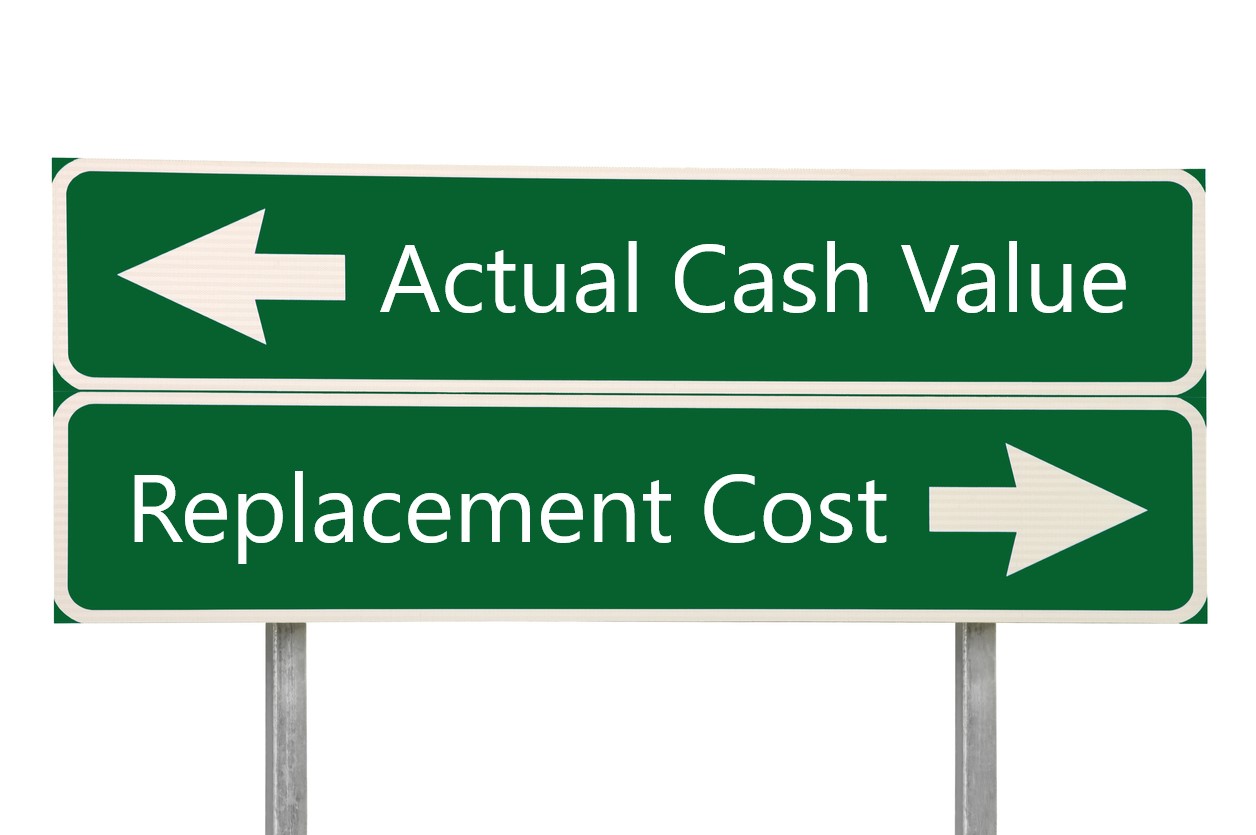Functional replacement cost endorsements and insurance valuations are increasingly being sold to help policyholders lower premiums. One warning for insurance agents and policyholders is to check mortgage and bank covenants because virtually all mortgages require replacement cost insurance to be purchased.
In, Functional Replacement Cost and Items of Unusual Value, I noted that older buildings are prime candidates for functional replacement cost insurance:
Please note that some older buildings should be insured at a functional equivalent basis. Older buildings can often be built for in a different manner with modern methods of construction and design for far less than rebuilding to a replacement cost standard. This can save the policyholder premium dollars. In those instances, I suggest that risk managers and brokers raise the issue of insuring on a ‘functionally equivalent’ basis.
The FC&S recently had an interesting question posed regarding functional replacement cost valuation:
I am requesting your opinion on the “Functional Replacement Cost Endorsement” (F-4644).
The facts are as follows:
The attached three pages are included in the insurance policy on a 200-year-old residence. The HO 05 30, referenced on the first page (‘Advisory Notice’) is not a part of the policy. I’ve attached a copy of the dec sheets showing this to be accurate. The significance of this involves indented item #1 which addresses the replacement of ‘plaster walls or ceilings with building code required wallboards or ceiling boards’.
The question is this. Wood lath & plaster, as well as rock lath & plaster, have not been conventional repair methods for many years. I believe that a ‘functional replacement’ for these materials would be blue board and skim coat plaster. It would provide a similar smooth plaster finish, and represents the modern-day functional equivalent. The insurer contends that using sheetrock on walls and ceilings provides a functional equivalent. As you likely know, based on Xactimate pricing, sheetrock is significantly less expensive than blueboard and skim coat.
Do you have an opinion on this matter?
Mark Dillman posted an excellent article on this topic, Functional Replacement Cost – When Will You Encounter It and What To Be On the Lookout For. He warned:
Determining what constitutes a ‘functional’ replacement is not always an easy task. Be aware that there are many non-ISO FRC forms that deviate from the provisions cited in this blog, especially in commercial lines. Be sure to read your policy and speak with an insurance professional if you are unsure about how an FRC provision will be applied.
The FC&S Editors answer in part to the question was:
While the HO 05 30 is not on the policy the F-4644 is which uses the same definition of ‘functional replacement cost’ as follows: ‘Functional replacement cost’ means the amount which it would cost to repair or replace the damaged building with less costly common construction materials and methods which are functionally equivalent to obsolete, antique or custom construction materials and methods used in the original construction of the building.
The examples presented in the advisory notice are just that, examples of how the coverage may be applied….
Since blueboard and skim coat are closer to plaster than regular drywall, and those materials are readily available, then the insured should receive the benefit of the doubt and those materials should be used. Since blueboard is readily available at Lowe’s, it fits the definition of common construction materials and is less costly than plaster.
While some insurance companies still preach about giving the policyholder the benefit of the doubt, others do not. My prediction is that as these forms of insurance are sold in greater numbers, we will see disputes resolved with court decisions.
Thought For The Day
In time of war, truth is always replaced by propaganda.
—Charles Lindbergh




